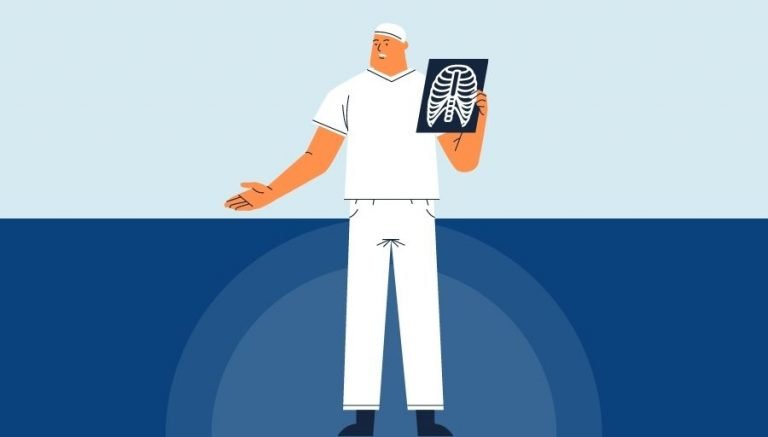ICD 10 CM S62.113 | Description & Clinical Information
ICD 10 S62.113 describes a specific type of injury that involves a displaced fracture of either the triquetrum or cuneiform bone located on the little finger side of the wrist, which occurs as a result of trauma from incidents such as falling on an outstretched hand with the wrist bent backward or experiencing a sudden or direct forceful blow to the outer side of the wrist, and is characterized by the displacement of the fracture fragments; however, the provider has not specified whether the fracture involves the right or left wrist.
Official Description Of S62.113
The ICD 10 CM book defines ICD 10 code S62.113 as:
Excludes2: fracture of scaphoid of wrist (S62.0-)
Excludes1: traumatic amputation of wrist and hand (S68.-)
Excludes2: fracture of distal parts of ulna and radius (S52.-)
When To Use S62.113
The diagnosis describes by ICD 10 CM S62.113 code refers to a displaced fracture of the triquetrum bone in the wrist of unspecified location. This injury can be extremely painful and occur near the side of the hand where the little finger is situated. Symptoms associated with this fracture typically include swelling, tenderness, and bruising over the affected site, difficulty moving the wrist, and reduced grip strength.
When a medical provider suspects this type of fracture, they typically conduct various imaging techniques such as AP, lateral, and oblique view X-rays with CT and/or MRI. These tests are performed because plain X-rays may fail to reveal the fracture initially.
Initial treatment for this condition usually involves a splint or cast to restrict limb movement, which assists in the healing process. However, if the fracture is displaced and results in nonunion following conservative treatment, reduction and fixation may be required to avoid surgical excision of bone and fragments.
As symptoms decrease over time, exercises may be introduced to increase flexibility, strength, and range of motion of the wrist. Rehabilitation strategies may include the utilization of analgesics and nonsteroidal anti-inflammatory drugs to alleviate pain and inflammation, and treatment for any secondary injuries.
A displaced fracture of the triquetrum bone of an unspecified wrist can be caused by a range of activities and circumstances, including falling on an outstretched hand, accidentally striking the wrist, or experiencing a direct hit to the wrist. Athletes, particularly those who participate in contact sports, are also at an increased risk of this injury.
It is critical to seek immediate medical attention following a suspected triquetrum bone fracture, as prompt treatment can prevent further damage and support a successful recovery. Patients should provide their medical providers with a detailed medical history, including any current or previous medical conditions, allergies, and medications.
In conclusion, ICD 10 CM S62.113 is a diagnosis code for a displaced fracture of the triquetrum bone in the wrist of unspecified location. While painful and debilitating, timely treatment that may include imaging tests, immobilization of the affected area, and physical therapy can help restore full functionality of the wrist. It is essential to seek prompt medical attention after the occurrence of a suspected fracture to reduce the risk of complications and promote healing.



